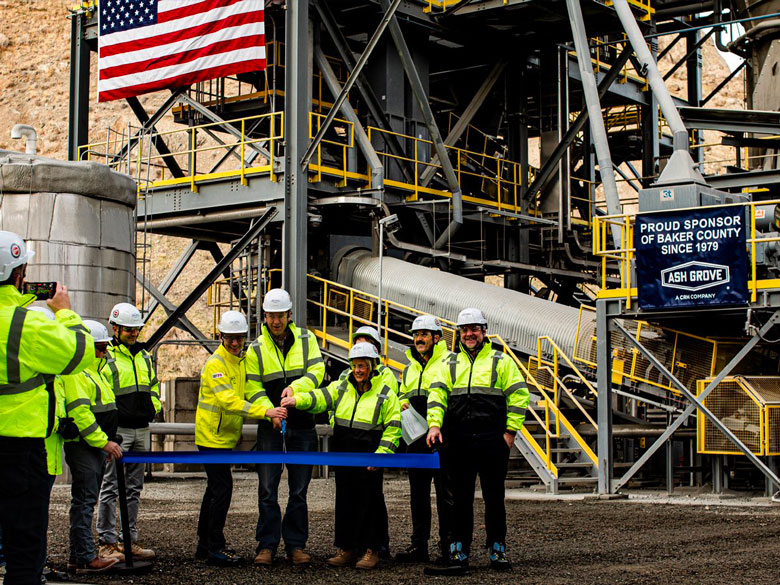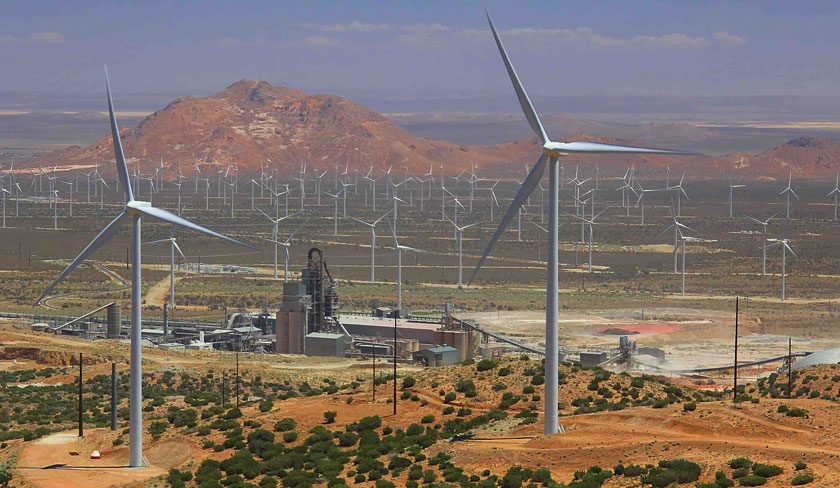Holcim US is the first cement producer to join the U.S. Department of Energy’s (DOE) Better Climate Challenge to drive real-world action that reduces carbon emissions and saves energy.
The company’s involvement in the program reflects its ambitious goal to power its 13 cement plants with 100% renewable energy by 2030 and to reach net zero CO2 emissions by 2050. For the Better Climate Challenge, which unites organizations across the economy in a pledge to set and achieve notable greenhouse gas reductions across a 10-year period, Holcim US restated its renewable energy pledge and committed to reduce CO2 emissions by at least 25% by 2033.
“Holcim has worked hard to lower CO2 and find alternative energy sources to replace fossil fuels, but to successfully meet our net-zero goals, it’s really not a solo sport,” said Michael LeMonds, vice president – ESG and chief sustainability officer. “We’re proud to be first in our sector to join the Better Climate Challenge and partner with the Department of Energy and member companies to innovate and identify new opportunities for carbon reduction.”
Three onsite wind turbines contribute more than 11,529,748 renewable kilowatt hours annually to the Holcim Paulding, Ohio, cement plant. This eliminates 9,000 tons of CO2 a year. At the Hagerstown, Md., facility, a new solar field is generating up to 18,441,610 kilowatt hours of renewable power supplying more than 28% of the plant’s energy. This will reduce the equivalent of 14,406 tons of CO2 at the plant.
With grant support from the DOE, Holcim US is also investigating the feasibility of using carbon capture utilization storage (CCUS) at cement plants in Portland, Colo., and Ste. Genevieve, Mo.
In addition to involvement in the Better Climate Challenge, Holcim US is a continuing partner of the DOE’s Better Plants Challenge, sharing facility-level energy data and solutions to help guide other industrial companies with implementing energy solutions in their facilities.



